
‘Shintoism’ or ‘Shinto’ (the more common term), as a system of ancestor and nature worship native to Japan. Shinto as a systematic, unified religion is as much a creation of modern Japan's Meiji state (1867-1912) as it is something that has existed throughout Japan's history. The basic meaning of the word ‘Shinto’ until the nineteenth century was local religion in general, and although Shinto usually referred to Japanese religion, it did not necessarily have to (e.g. the 1605 anthropological work Ryūkyū shintō-ki, or Account of Local Religion [Shinto] in Ryukyu, the Kingdom of Ryukyu then being a separate country from Japan). Viewed historically, we may identify three related yet distinct varieties of ‘Shinto’: (i) local religious practices and beliefs that originated before Buddhist influence; (ii) certain of these local practices and beliefs that Buddhism later subsumed, systematized, and modified, from the ninth to the eighteenth centuries; and (iii) Japan's ‘national religion’, with varying degrees of connection to the state, in the nineteenth and twentieth centuries. Shinto never articulated an overall theory of the body, but the first variety of Shinto closely linked the sexual body with agriculture and the forces of nature.
Important artifacts from the middle Jōmon period (c.3500-2400 bce) and later, include phallic stones (sekibō), ranging in height from 2 m to 50 cm, and clay female figures with prominent breasts and hips (dogū), sometimes appearing pregnant, most approximately 30 cm in height. Although there is disagreement over the details, most scholars agree that ancient inhabitants of Japan connected these objects with magico-religious rites to promote bountiful harvests. Prehistoric residents of the Japanese islands probably connected the mystery of human reproduction with agricultural productivity, and the female figures symbolized both mother and earth as locus of mysterious power.
The notion of mysterious power gradually developed into the Shinto concept of kami, often translated as ‘deity’. The most basic meaning of the term is: that which is above other things like it — in other words, that which is distinctive. An unusually large tree, an outcropping of rock, a waterfall, certain animals, and even certain people are examples of things that have qualified as kami owing to some distinctive attribute the local people regarded as significant. Though part of a world of spirits, kami were not transcendent. They linked the visible world with the realms beyond direct sensory apprehension.
According to ancient mythology, the Japanese islands themselves were created by the sexual activities of anthropomorphic kami. For example, in Chronicles of Japan, two creation deities, lzanagi and Izanami, stand on the Floating Bridge of Heaven and say ‘Is there no country beneath?’ They then thrust down a heavenly jewelled spear, repeatedly, until they found the vast ocean beneath. Brine dripped from the point of the spear, coagulated, and became an island on which the two deities dwelt. They continued the creation process after the female deity explained that her body has a place that is the source of femininity and the male deity explained that his had a place that is the source of masculinity. They united these two places to form numerous other islands. In these myths the deities' sexuality was the creative power of nature.
Shinto typically associated disease and death with pollution and, accordingly, developed purification rites. It celebrated health, prosperity, and life, which it associated with the creative forces of nature. A common metaphor for nature's generative forces was the sexual body. Phallic stones, poles, and etchings along roadsides, for example, functioned to protect against nature's polluting forces. Ancient agricultural deities often existed as a male and female pair, sometimes depicted embracing each other. Wooden or stone representations of male or female genitalia, or a pair of such objects, became the kami-body in shrines throughout many parts of the Japanese islands (the kami-body is an object in which the spirit of a deity was thought to reside). Even today, representations of sexual organs occasionally serve as the kami in Japanese shrines and can be seen in public festivals celebrating the shrine's kami.
During the late nineteenth century, Japan's Meiji state sought to revamp Shinto to enhance the process of nation-building (i.e. of Japanese thinking of themselves as Japanese). As part of a general policy of policing morality, the leaders of modern Japan sought to suppress the overtly sexual symbolism of Shinto. Instead of the sexual body, modern Japan's state Shinto stressed kokutai, the ‘national body’ (often translated ‘national polity’) — a vague but potent concept of Japanese essence embodied in an allegedly unbroken lineage of emperors descending from the solar deity (Amaterasu). What began in ancient Japan as worship of the sexual body, ended in modern Japan (until 1946) as worship of the national body. Neither ‘body’ plays a major role in today's Shinto, but vestiges of each remain.
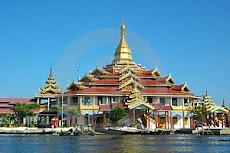
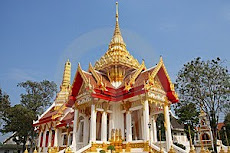



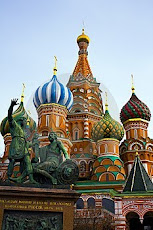


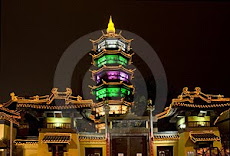
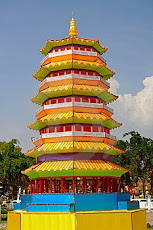
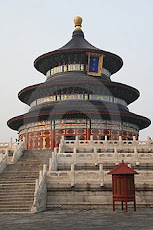
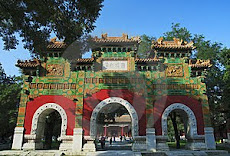

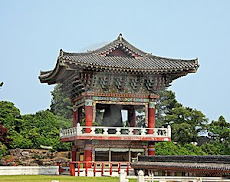
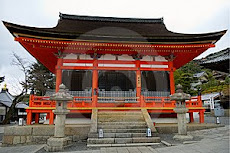

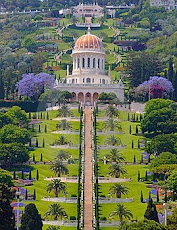



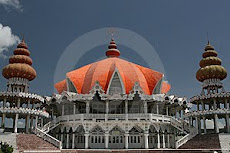

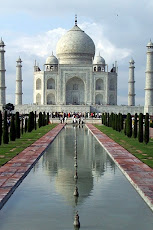




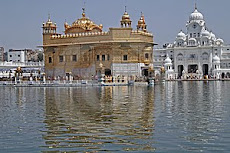
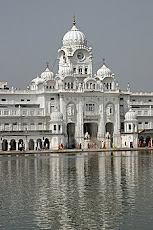















No comments:
Post a Comment